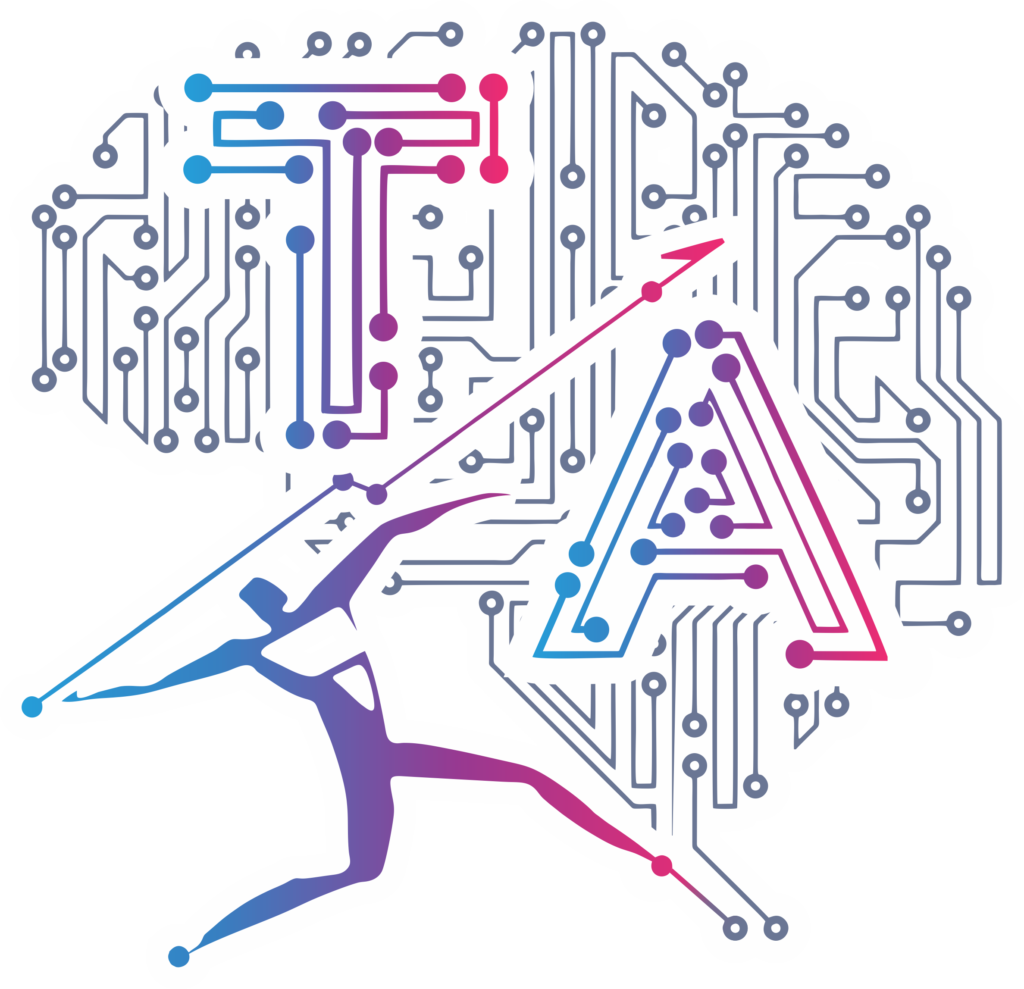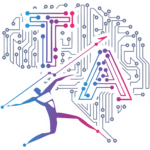Practical 1: Installation of Python
Problem Statement
Install Python on your system and set up the required environment to run Python programs.
Solution
Since this practical does not involve code, here are the steps to install Python:
Steps to Install Python:
- Download Python:
- Visit the official Python website: https://www.python.org/downloads/
- Choose the latest version of Python for your operating system (Windows, macOS, or Linux).
- Run the Installer (For Windows):
- Double-click the downloaded .exe file.
- Check the box “Add Python to PATH” before proceeding.
- Click “Install Now” and wait for the installation to complete.
- Verify the Installation:
- Open the Command Prompt (cmd) or Terminal.
- Type the following command and press Enter:
- python –version
- If Python is installed correctly, it will display the installed version.
- Set Up an IDE (Optional but Recommended):
- Install VS Code, PyCharm, or Jupyter Notebook for writing and running Python programs efficiently.
Explanation
Below is the explanation of F.E. PPS Unit 1 Practical 1 solution where we have written how to Install Python on your system and set up the required environment to run Python programs.
- Python is an interpreted language, meaning it does not need compilation before execution.
- The “Add Python to PATH” option ensures that Python commands can be run globally in the terminal.
- The installed package includes IDLE, Python’s built-in lightweight editor.
Key Concept Learned
- Understanding how to set up Python on different operating systems.
- Importance of adding Python to the system PATH for seamless execution.
- Introduction to Python’s basic working environment and IDEs.


